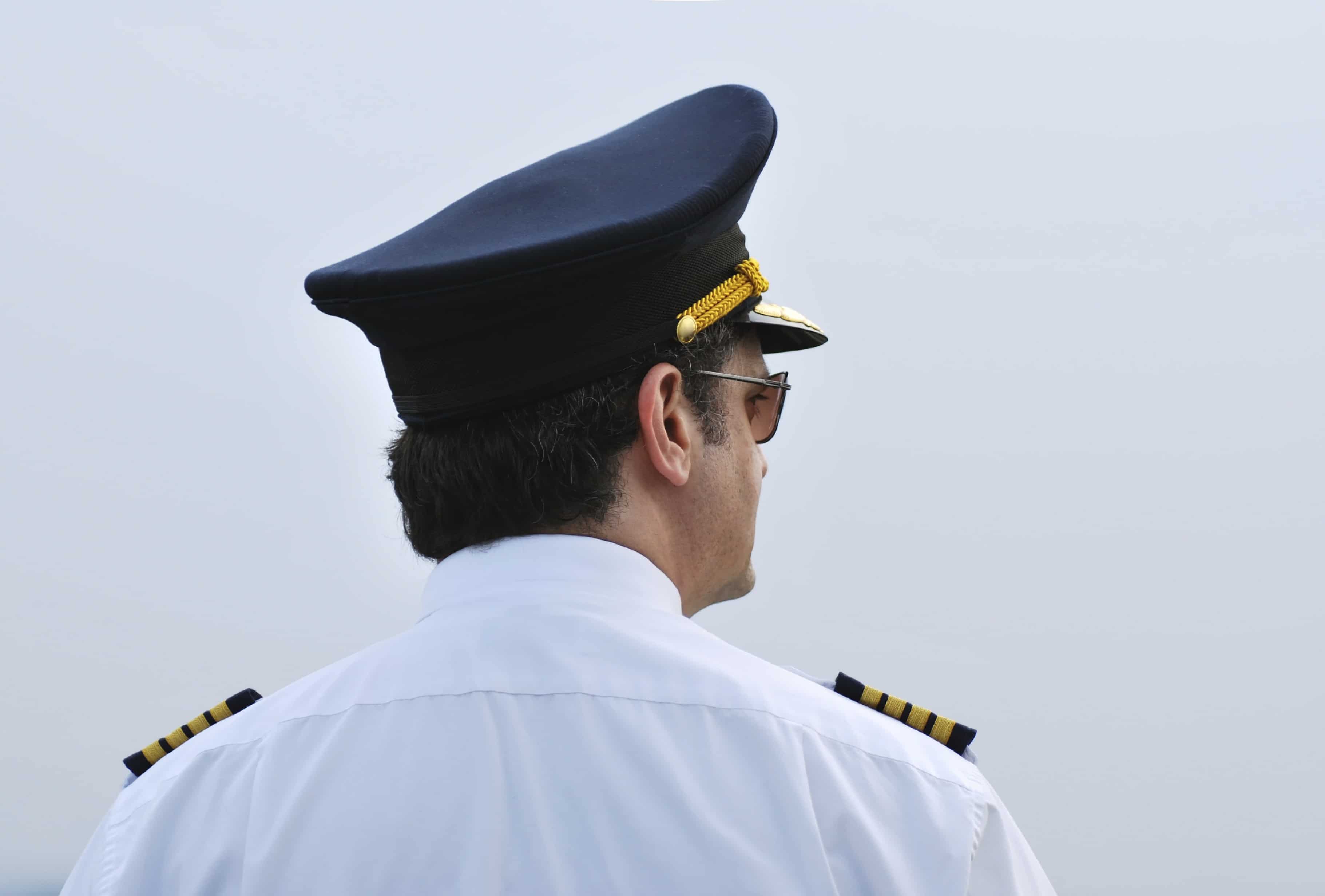In January 2003, a Cirrus SR-22 crashed in low visibility near Hill City, Minnesota. The two occupants of the recently purchased aircraft perished in the accident. The next of kin of the pilot and passenger later commenced an action against Cirrus and a university alleging that they failed to provide the pilot with adequate flight training.
The pilot, Gary Prokop, had obtained his pilot’s licence in 2001 and had logged about 225 hours of flight time (mostly on his previous aircraft, a slower and less complex Cessna 172). Mr. Prokop had not obtained his Instrument Rating. He was therefore not permitted to fly in meteorological conditions that were below VFR weather minimums.
The forecasted weather for the route flown was marginal VFR; however, it appears that the weather was worse than forecast. The aircraft was observed flying low to the ground in low visibility and shortly thereafter it impacted with terrain. The NTSB found that the cause of the accident was spatial disorientation, with a contributing factor being the pilot’s improper decision to attempt flight into marginal VFR conditions and his inadvertent flight into instrument meteorological conditions.
In order to fly the new aircraft, Mr. Prokop was required to obtain a high-performance endorsement. Although not required by the FAA, Cirrus offered transition training administered by the University of North Dakota Aerospace Foundation (“UNDAF”) as part of the purchase of the aircraft. At the completion of the training, Prokop received a high-performance endorsement that was valid in the SR-22 only.
At trial, it was alleged that Cirrus failed to warn of the dangers associated with the use of its aircraft in instrument meteorological conditions. In addition, the Plaintiffs claimed that Cirrus and UNDAF failed to provided adequate training for Prokop. A jury allocated fault as follows: Cirrus, 37.5%, UNDAF, 37.5% and the pilot, 25%. Cirrus and UNDAF appealed the decision. The appeals court ruled that Cirrus was not required to provide the training and had adequately warned Prokop of the dangers of flying into instrument meteorological conditions. The appeals court also ruled that the claim against Cirrus and UNDAF for inadequate training was barred under the “educational malpractice doctrine”.
For policy reasons, the educational malpractice doctrine in the United States bars claims against the adequacy or quality of an educational program. Courts are considered to be inadequately suited to determine the standard or quality of education provided by an institution. In addition, calculating damages for these types of claims (such as loss of income) would be extremely difficult, if not impossible.
On June 28, 2011, the Minnesota Supreme Court agreed to further review the appeals court decision. We will continue to monitor this proceeding and will post an update when the Supreme Court’s ruling is handed down.
Although no claims for educational malpractice have been successful in Canada to date (see Hozaima v. Perry et al.), courts have been reluctant to strike these lawsuits at the pleading stage. If the conduct of a teacher or institution is found to be sufficiently egregious, a plaintiff might be successful. Generally though, disputes of a purely academic nature are meant to be handled by an educational institution’s internal mechanisms.


